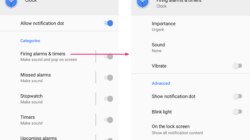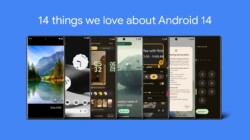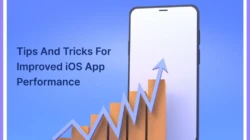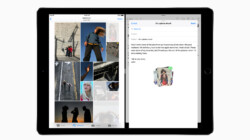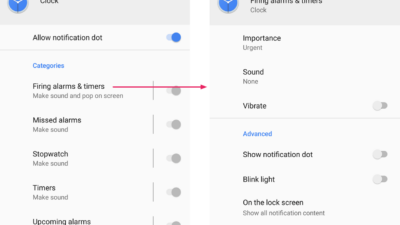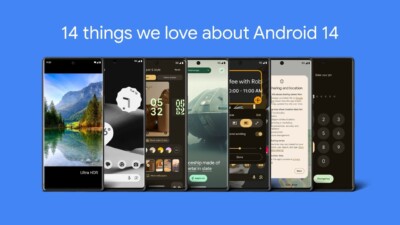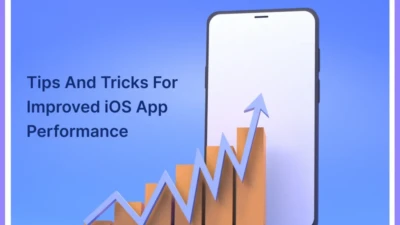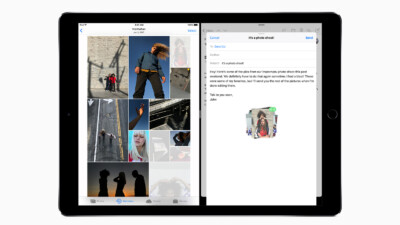When it comes to technology, inclusivity should be a top priority. With the increasing popularity of iOS devices, it is crucial to ensure that they are accessible to all users, regardless of their abilities. In this article, we will explore various ways to enhance accessibility on iOS devices, making them more user-friendly for everyone.
1. Introducing VoiceOver: A Game-Changer for Visually Impaired Users
Empowering Visually Impaired Users with VoiceOver
For individuals with visual impairments, navigating an iOS device can be a daunting task. However, with the built-in VoiceOver feature, Apple has revolutionized accessibility on their devices. VoiceOver is a screen reader that audibly describes everything happening on the screen, allowing visually impaired users to interact with their device effortlessly.
2. Dynamic Text: Customizing Font Sizes for Better Readability
Enhancing Readability with Dynamic Text
Not everyone has the same visual acuity, and small fonts can be a significant barrier for many users. To address this issue, iOS devices offer the Dynamic Text feature, enabling users to adjust the font size according to their preferences. Whether it’s making the text larger for individuals with low vision or reducing it for those who prefer a more compact display, Dynamic Text ensures optimal readability for all.
3. AssistiveTouch: A Helping Hand for Users with Physical Disabilities
AssistiveTouch: Simplifying Device Interaction
Individuals with physical disabilities may face challenges when navigating the touch screen of an iOS device. Fortunately, Apple’s AssistiveTouch feature provides a solution. By enabling AssistiveTouch, users gain access to a floating menu that allows them to perform various actions with just a tap or a simple gesture. This feature empowers those with motor impairments by making device interaction more manageable and intuitive.
4. Captioning and Subtitles: Making Content Accessible to the Deaf and Hard of Hearing
Ensuring Content Accessibility with Captions and Subtitles
For users who are deaf or hard of hearing, consuming multimedia content can be a frustrating experience without proper captions or subtitles. iOS devices offer comprehensive support for closed captions and subtitles, allowing users to enjoy videos, podcasts, and more with synchronized text. By enabling this feature, iOS users with hearing impairments can fully engage with various forms of media.
5. Guided Access: Focusing on the Task at Hand
Staying Focused with Guided Access
Distractions can hinder the user experience, especially for individuals with cognitive disabilities or attention disorders. Guided Access is a powerful tool that allows iOS users to lock their device to a single app, preventing unwanted interactions. This feature is particularly beneficial for children or individuals who require a more structured and focused environment while using their iOS devices.
6. Color Filters: Enhancing Visibility and Reducing Eye Strain
Improving Visibility with Color Filters
Not everyone perceives colors in the same way, and certain color combinations can pose challenges for users with visual impairments or color blindness. iOS devices offer a range of color filters that can be applied to the screen, making content more distinguishable and reducing eye strain. By customizing the color display, individuals with specific visual needs can have a more comfortable and enjoyable user experience.
7. Accessibility Shortcut: Quick Access to Essential Features
Quick Access with the Accessibility Shortcut
Accessibility features are only beneficial if they are easily accessible themselves. iOS devices simplify this process by providing an Accessibility Shortcut. By configuring this shortcut, users can quickly toggle their most frequently used accessibility features on or off with just a few taps. This convenient feature ensures that enhancing accessibility on iOS devices is always just a fingertip away.
Enhancing accessibility on iOS devices for all users is not just a responsibility; it is an opportunity to create a more inclusive technological landscape. By implementing these features and functionalities, Apple has empowered millions of individuals to fully utilize and enjoy their iOS devices. Let’s strive for a future where technology leaves no one behind.
Disclaimer: The views and opinions expressed in this article are those of the author and do not necessarily reflect the official policy or position of the company. The information provided is for general informational purposes only and should not be taken as professional advice. Always consult with a qualified professional for personalized accessibility recommendations.


